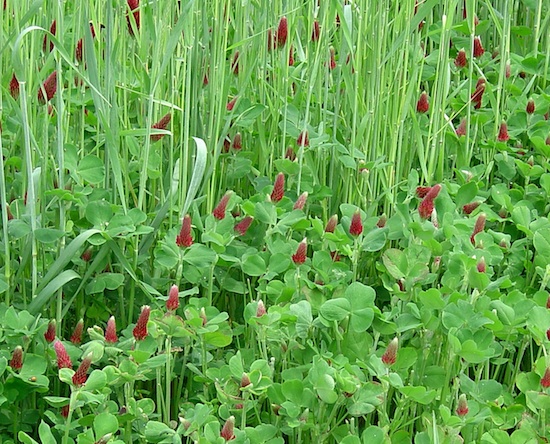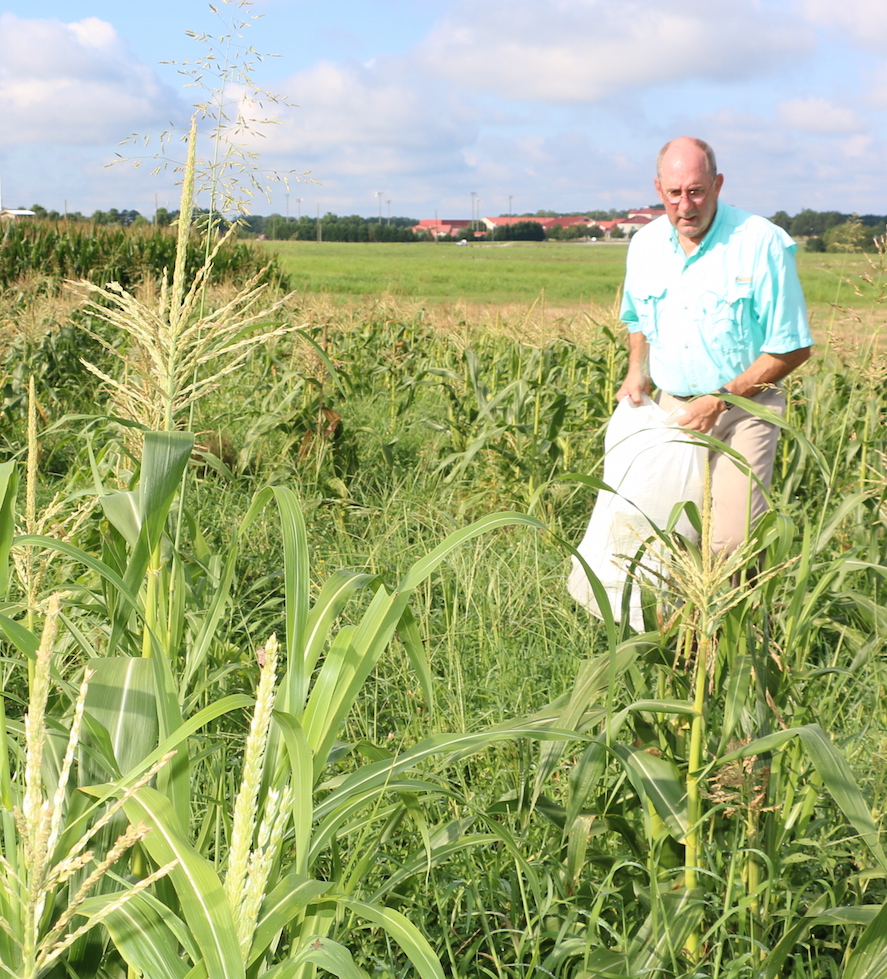If you decide not to plant a fall garden, consider planting a cover crop to give your garden a neat appearance while helping to protect the soil from erosion.
Cover crops also add rich, organic nutrients when they are tilled in the spring. A combination cover crop of a small grain (wheat, rye or oats) mixed with a legume (clover or Austrian winter peas) works well. The small grain serves as a nurse and protects the slower germinating clover or peas.
Clover is a very small seed, so mixed with wheat, it takes a pound or less to cover the average garden. Clover must be inoculated if it is not inoculated when you buy it. Inoculation covers the seed in black, powdered bacteria that helps digest the seed coat and increases germination.
The best way to inoculate seed is to combine the seed and a bag of inoculant in a small bucket with a little soft drink. Hand-mix the seed, inoculant and soft drink so that the seed is thoroughly combined with the black powder and soft drink. Use just enough soft drink to help the bacteria stick to the seed. Next, mix in a few pounds of small grain, such as wheat, and spread the mixture with a hand spreader on a tilled garden.
I usually add a few pounds of 10-10-10 fertilizer per 100 square feet of garden. Over time, the clover will produce its own nitrogen and assist the wheat. A soil test will identify the soil’s pH and provide lime recommendations. As a side note, don’t use ryegrass as a cover crop. It is very persistent, tends to hang around too long in the spring and prevents other plants from growing well.
For more information on planting a cover crop, see the University of Georgia Cooperative Extension publications at extension.uga.edu/publications/.




